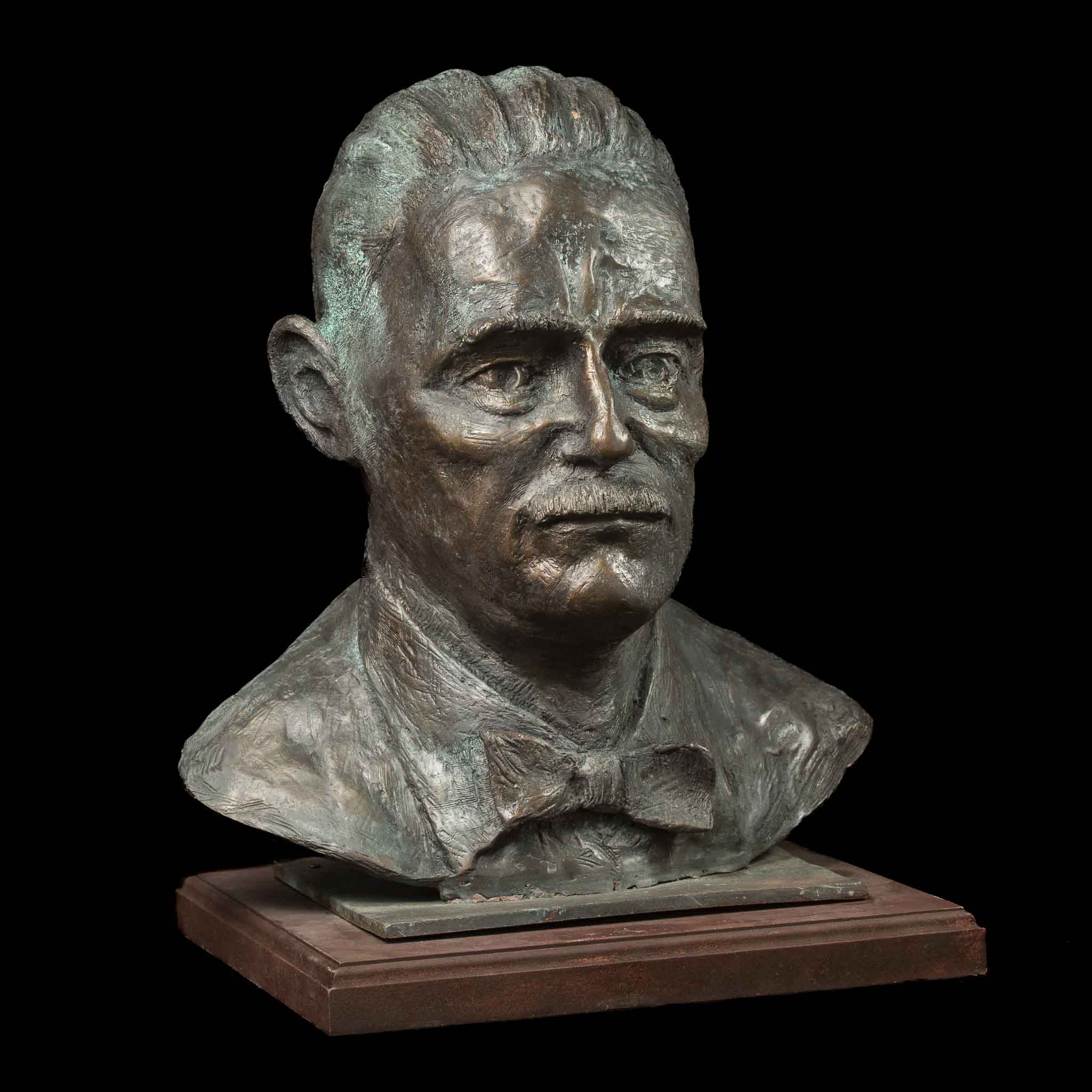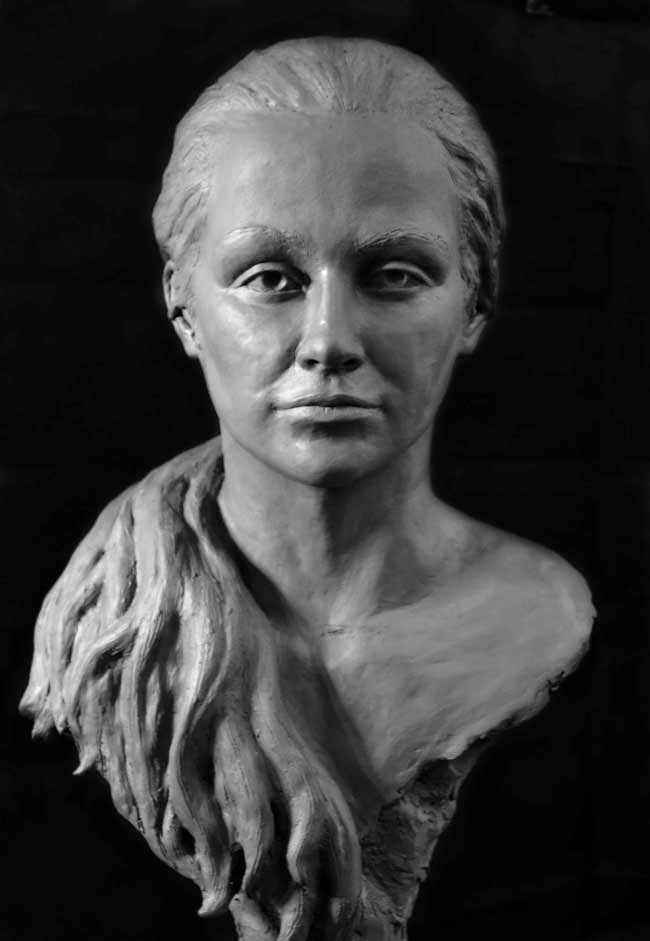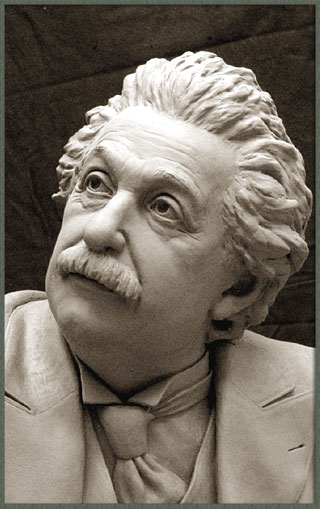The Evolution of Sculptures: From Ancient to Modern
The Advancement of Sculptures: From Old to Modern. Equine Sculptures.
Sculpture, one of the earliest forms of art, has actually been an indispensable component of human civilization for millennia. From the old civilizations of Egypt and Greece to the contemporary period, sculptures have actually progressed, reflecting modifications in imaginative techniques, materials, and social impacts. This journey through time traces the advancement of sculptures, discovering the shifts stylishly, subject matter, and creative expression.
Starting with the old globe, sculptures crafted from stone and later bronze captured the essence of divine beings, leaders, and day-to-day life. The Renaissance duration witnessed a revival of classic sculpting methods, as artists looked for to replicate the elegant forms of ancient Greek and Roman sculptures (Bronze Sculptures). In the modern era, musicians challenged traditional boundaries, embracing abstraction and trial and error with new products
This expedition will dive right into the varied evolution of sculptures, disclosing the abundant tapestry of artistic expression across different durations and societies.

Ancient Sculptures: From Rock to Bronze
Old sculptures transitioned from being carved out of rock to being cast in bronze. Stone sculptures, while outstanding in their very own right, were restricted by the nature of the product. Portrait Sculptor.
The introduction of bronze as a tool for sculptures brought around a transformation in artistic expression. Bronze supplied artists the possibility to develop lifelike and elaborate types that were not feasible with stone. The process of casting bronze enabled the development of multiple duplicates of a sculpture, enabling bigger circulation and conservation of these imaginative work of arts.
The change from rock to bronze additionally saw a shift in the subject issue of sculptures. While stone sculptures mainly illustrated gods, sirens, and mythological numbers, bronze sculptures began to mirror a broader variety of subjects, including daily individuals and animals. This development of subject showcased the convenience and flexibility of the bronze medium.
Renaissance Revival: Forming in the Classical Style
The Renaissance rebirth of sculpture witnessed a rebirth in the classical style, structure upon the improvements made throughout the transition from stone to bronze in old sculptures. During this duration, musicians sought to recreate the classic aesthetic and perfects of beauty that prevailed in ancient Greek and Roman sculptures.
Among the crucial characteristics of the Renaissance resurgence was the focus on naturalism and the human type. Carvers like Donatello and Michelangelo make every effort to catch the physiological details and expressions of their topics with unprecedented accuracy. They researched the body and integrated their observations into their sculptures, causing realistic and natural representations.
An additional vital facet of the Renaissance revival was the expedition of viewpoint and deepness. Musicians made use of strategies such as contrapposto, where the weight of the body is changed to one side, creating a sense of activity and dynamism. They likewise experimented with different materials, consisting of marble and bronze, to achieve a degree of elegance and ins and out in their sculptures.

Modernism and the Avant-Garde: Damaging Standard Boundaries
Throughout the Innovation and Avant-Garde movements, artists pressed the borders of traditional artistic conventions. This duration, which arised in the late 19th and very early 20th centuries, saw a significant change in the way musicians approached sculpture. Turning down the concept of art as simple replica, modernist artists looked for to explore brand-new types, materials, and principles.
Among the key features of modernist sculpture was the focus on abstraction. Carvers relocated away from realistic representations and rather focused on capturing the significance of the subject via streamlined kinds and geometric forms. This separation from traditional representation permitted artists to express their emotions and concepts in an extra personal and subjective fashion.

Contemporary Sculptures: Discovering New Materials and Concepts
With a concentrate on discovering brand-new materials and principles, modern sculptures have reinvented the area of art. Artists today are pushing the borders of standard sculpture by making use of innovative products and exploring with abstract principles. These sculptures challenge conventional ideas of materiality, type, and significance, inviting audiences to take part in a provocative and new imaginative experience.
Contemporary artists are embracing a variety of products, including plastic, glass, metal, and also natural issue. They are not restricted to the standard tool of rock or clay, enabling better civil liberty and trial and error. This change in the direction of unusual materials has opened new opportunities for musicians to develop sculptures that are vibrant, interactive, and aesthetically striking.
Along with exploring new products, contemporary sculptures additionally look into facility and abstract ideas. Artists are now discovering themes such as identity, social concerns, and the environment, making use of sculpture as an effective tool for social discourse and introspection. These sculptures test audiences to assume critically and involve with art on a much deeper level, stimulating discussions and prompting emotional responses.
Global Influences: Sculptural Practices From Around the World
Sculptural customs from different regions of the globe have substantially shaped the evolution of sculptures throughout background. The worldwide influences on sculpture have actually been varied and have actually contributed to the splendor and variety of imaginative expressions. From the ancient human beings of Egypt, Greece, and Rome to the detailed carvings of Oriental cultures, each area has actually created its distinct sculptural practices that have actually influenced artists across time.
In ancient Egypt, sculptures were developed primarily for religious and funerary functions. The iconic sculptures of pharaohs and gods, such as the Great Sphinx and the bust of Queen Nefertiti, showcase the Egyptians' mastery of stone carving and their idea in the afterlife.

In ancient Rome, sculpture served both political and artistic functions. Roman sculptures frequently illustrated emperors, generals, and mythological numbers, showing the power and magnificence of the empire. The marble statue of Augustus of Prima Porta and the significant Arc of Constantine are remarkable examples of Roman sculptural achievements.
Asian sculptural practices, particularly in India, China, and Japan, have likewise had an extensive impact on the evolution of sculptures. Japanese sculptures, affected by Buddhism, emphasize simpleness and serenity, seen in the calm statues of Buddha and the classy art of bonsai.
The international impacts on sculpture continue to evolve in the modern era. As we look to the future, it is specific that the worldwide influences on sculpture will Contemporary Sculptures continue to form and redefine this old art form.
Verdict
Finally, the development of sculptures has actually seen a change from ancient rock and bronze functions to the classic resurgence during the Renaissance. This was complied with by the splitting of typical boundaries with modernism and the avant-garde movement. Today, modern sculptures discover new materials and ideas, while likewise drawing inspiration from global sculptural customs. The trip of sculptures mirrors the ever-changing imaginative expressions and social impacts throughout history.
From the old people of Egypt and Greece to the modern era, sculptures have progressed, mirroring adjustments in artistic methods, materials, and cultural influences.Beginning with the old world, sculptures crafted from rock and later bronze captured the significance of deities, rulers, and everyday life.Ancient sculptures transitioned from being sculpted out of stone to being cast in bronze. While rock sculptures predominantly depicted gods, goddesses, and mythical figures, bronze sculptures began to show a broader range of topics, including day-to-day individuals and animals.In conclusion, the advancement of sculptures has seen a change from ancient stone and bronze functions to the classic revival during the Renaissance.